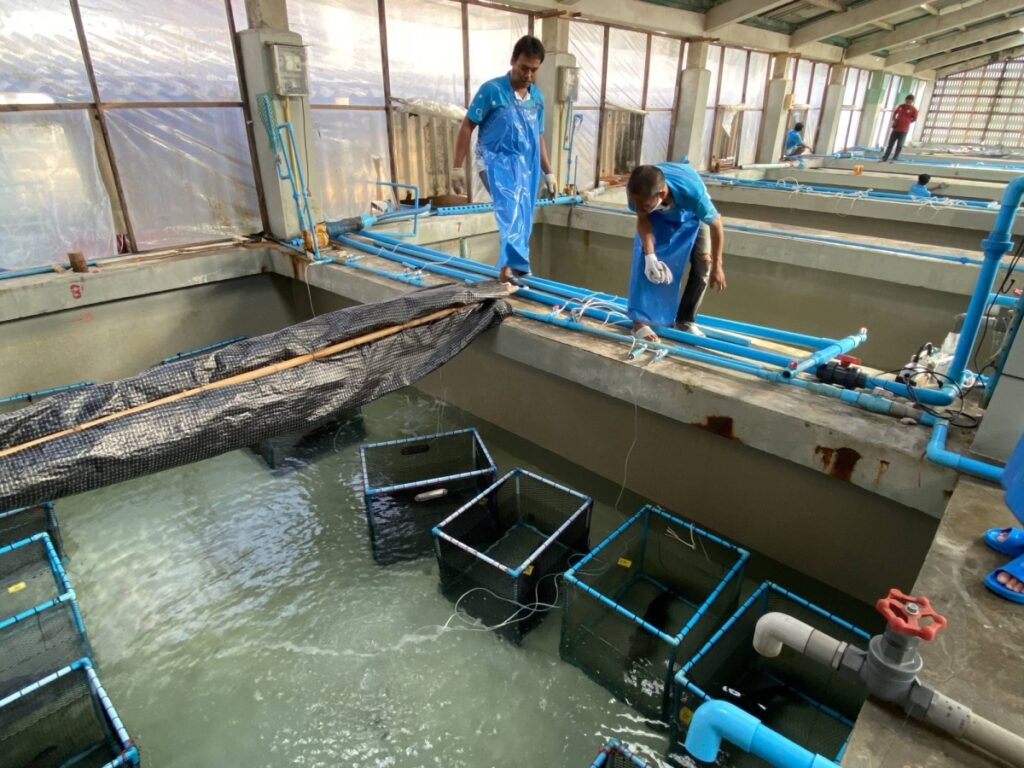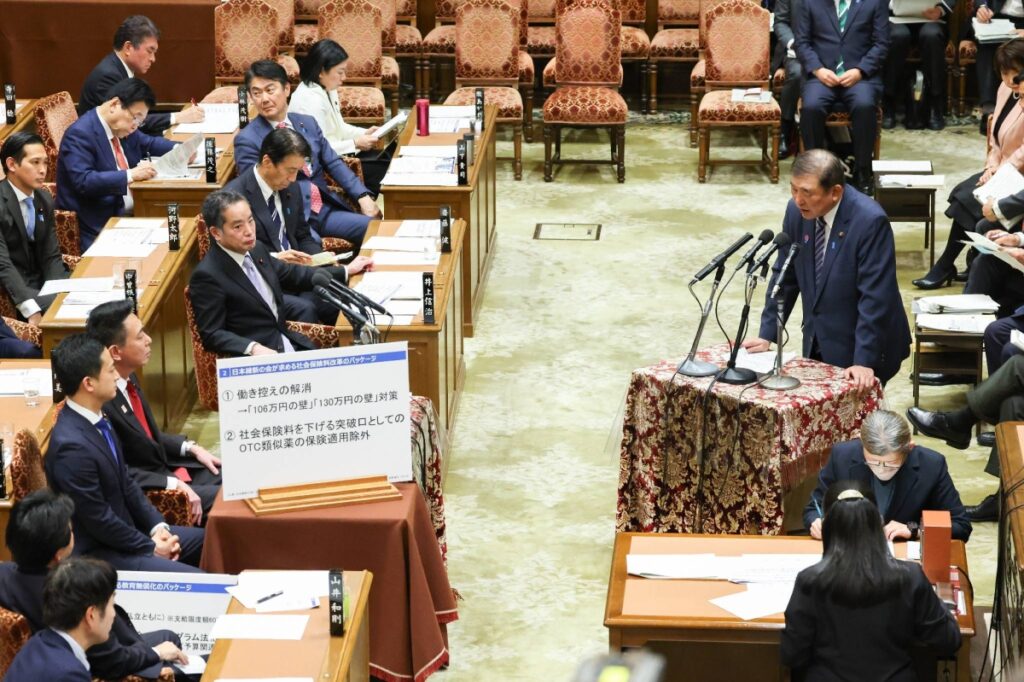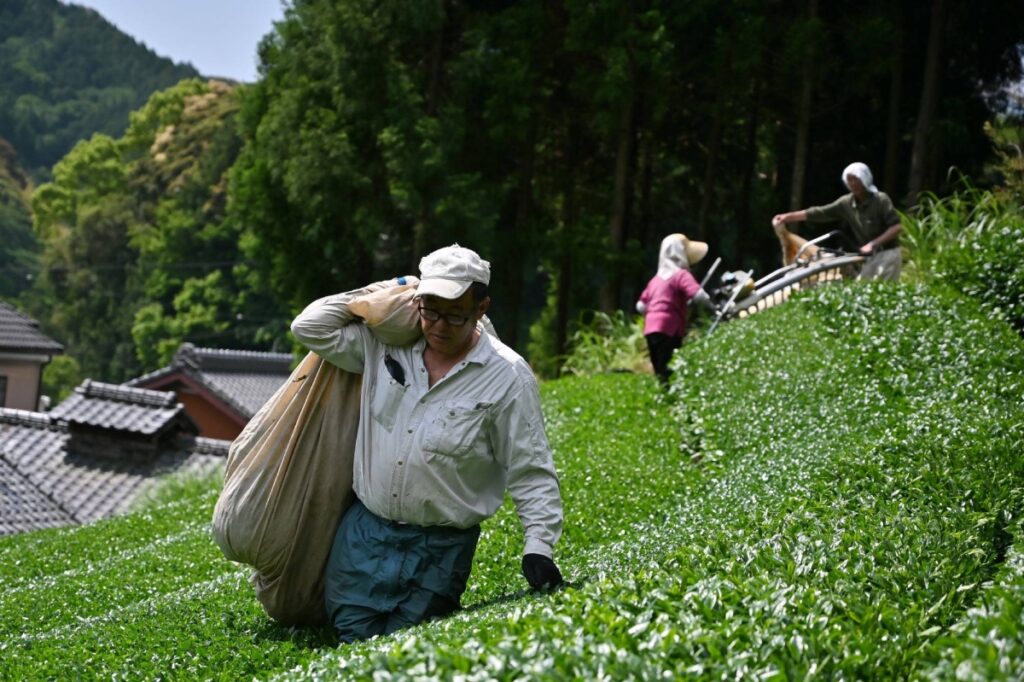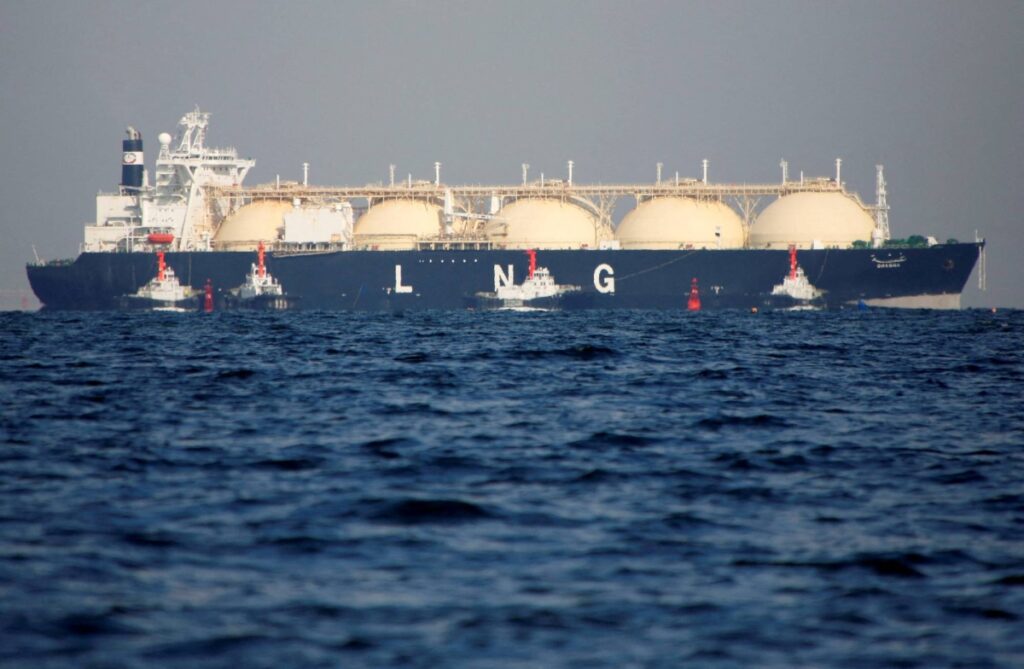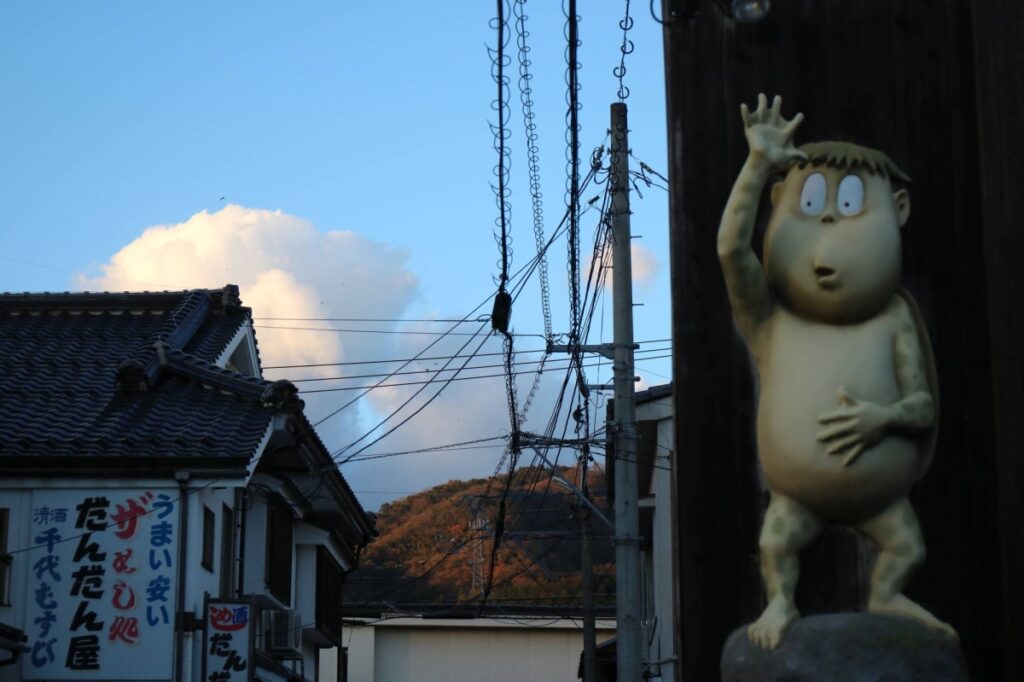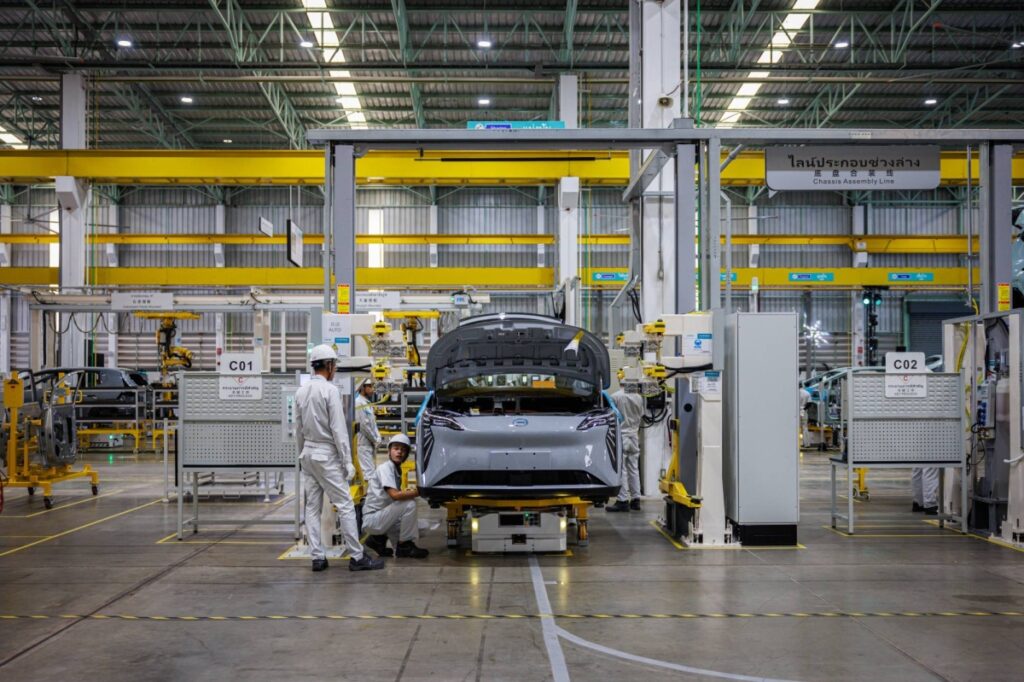Japan looks to save seafood and seaweed farming from warming oceans
From Pacific saury to seaweed to shrimp, ocean warming stemming from climate change is having an adverse effect on marine species all over the world. The impact in waters around Japan is showing up in myriad ways: decreased sizes of species including mackerel and anchovy in the country’s typically rich eastern coastal waters, a dramatic drop in konbu (kelp) yields off Hokkaido and an increase in hybrid species of pufferfish, posing concerns for catches of the delicacy. The issue is likely to become more pronounced as warming continues — ocean temperatures are rising four times faster now than in the late 1980s, a recent study by the University of Reading shows. And yet, seafood is a vital part of the Japanese diet and a crucial source of sustenance for billions around the world. On the whole, it’s also more environmentally friendly than land-based animal proteins like beef, pork and even chicken, while seaweed is potentially a major carbon sink, making the industry an important part of decarbonization efforts. Faced with these challenges, researchers in Japan aren’t sitting still. At home and abroad, a series of aquaculture projects are underway that aim to improve the sustainability of aquaculture and boost production even against the strong current of climate change. “The natural stock of fish and shrimp is not increasing and may be decreasing due to climate change and overfishing and some pollution of the environment,” says Ikuo Hirono, a professor with the Tokyo University of Marine Science and Technology. “However, the world population is increasing, so we need more and more animal protein sources.” Invasive fish While seafood produced through aquaculture compares favorably with beef, poultry and pork in terms of emissions, the industry still accounts for 0.49% of global greenhouse gas emissions, according to a 2020 study in Nature. Not all types of aquaculture are climate friendly, either. Farmed shrimp, for example, produces 12 kilograms of carbon dioxide equivalent for each kilogram of food — less than a quarter of that produced by beef production but double that of poultry. There are also concerns about pollution via fish farms, as nutrient-rich water that leaks from them into the natural environment can cause severe ecological damage. Ikuo Hirono, a professor with the Tokyo University of Marine Science and Technology, has helped spearhead the Thai Fish Project since 2019. | JICA Even with those issues, there’s little hope of reducing reliance on aquaculture, particularly in tropical nations. A separate study published in Nature in 2020 shows that the catch potential in some tropical exclusive economic zones is expected to fall by as much as 40% by 2050 from the 2000s under an extremely high emissions scenario, due to warming, a reduction in the ocean’s pH level, deoxygenation and sea-level rise. With aquaculture making up over half of all seafood production, the impetus to improve sustainability is clear. Since 2019, Hirono has helped spearhead the Thai Fish Project, an initiative funded by the Japan International Cooperation Agency (JICA) and the Japan Science and Technology Agency that aims to boost the sustainability of aquaculture in the Southeast Asian nation. It’s not a small undertaking — in 2019, Thailand ranked 10th in the world in aquaculture production in 2022, making the sector an important part of the country’s economy. Seafood is also a key food source in the developing nation, with 56% of Thais saying they eat fish one to four times a week, and another 19% five or more times a week, according to 2023 data from Statista. But all of that production has come with a major drawback: invasive species. Thai fish farms have typically raised tilapia, a fish native to Africa, and whiteleg shrimp, which comes from South America, both of which are among the most farmed species in the world, according to Hirono. Tilapia is popular as a farmed species in part because it can be raised in freshwater, making it possible to convert agricultural land into aquaculture ponds. Whiteleg shrimp, on the other hand, are omnivorous, making them cheaper to feed, Hirono says. A worker moves fish from a truck filled with water in Bangkok in April 2024. Aquaculture is an important part of Thailand’s economy. | Bloomberg The potential for specimens to escape into the wild poses a threat to natural ecosystems. A report by researchers involved with the Thai Fish Project noted that whiteleg shrimp has been found in Thai waters since it was introduced to the country through aquaculture in the 1990s, causing the spread of an exotic pathogen and increasing competition with native shrimp species. “Some of the tilapia and shrimp escaped from cultured ponds and they already reproduced in nature,” Hirono said. “Such an escaped alien species gives a lot of negative impact to the native species.” Hirono added that, at the government level, there are no plans to curtail production of these species despite the mishaps, because the industry is simply too important for food security and the economy. So Hirono’s project decided to focus on raising species native to Southeast Asia, namely Asian seabass and banana shrimp. The overarching goal is to improve productivity while employing sustainable practices that limit the impact of infectious diseases and preserve the natural environment. The initiative also promotes the education of young researchers with an eye toward the future. The challenges with raising Asian seabass had been finding the right feed and solving issues related to breeding. So far, the results for the project, which was due to wrap up in 2025 but was recently extended for another five years, have been promising. Scientists successfully developed a new type of seabass feed to lower costs while also making the fish more nutritious for consumers. It’s also passing taste tests and is gaining interest for its commercial potential among Japanese businesses, according to JICA. For banana shrimp, researchers have achieved artificial insemination, which is necessary to make genetic selections to improve growth and disease resistance. This posed a significant hurdle because the species is highly sensitive to
